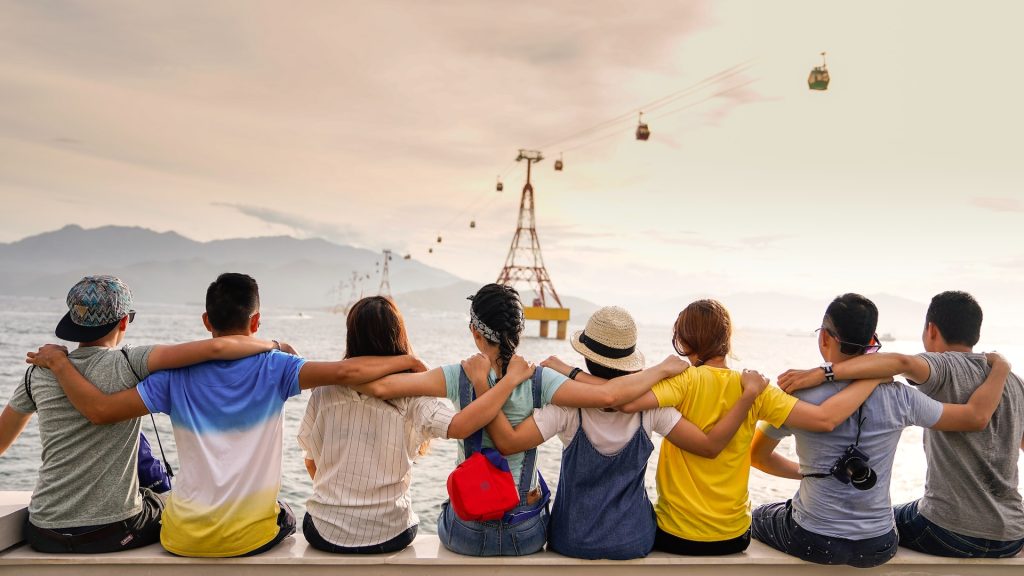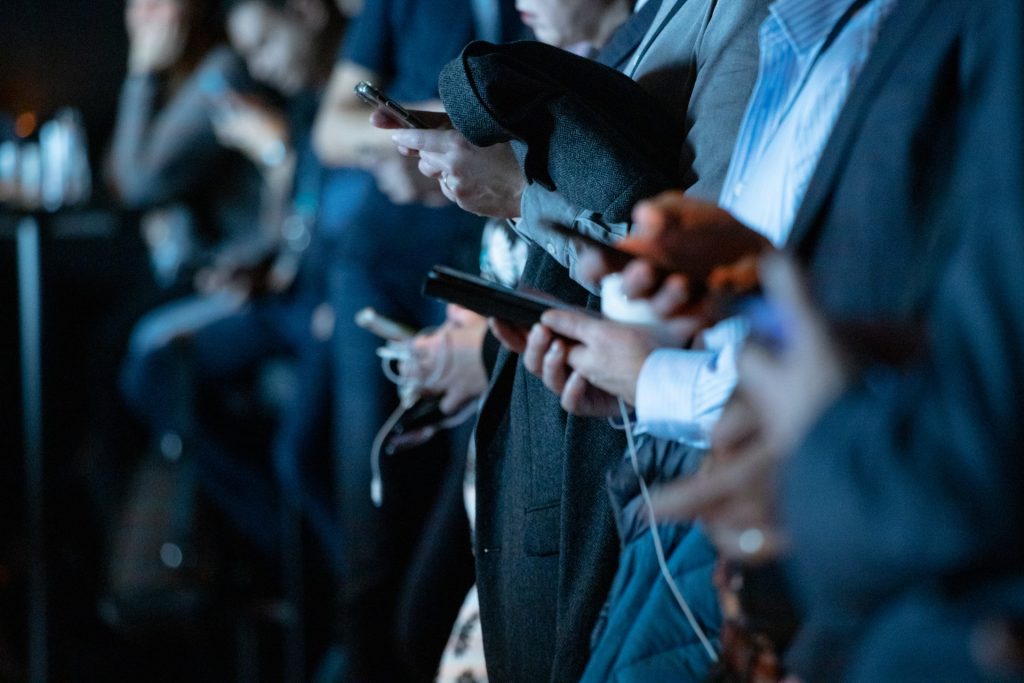In the era of cat memes, viral challenges, and selfie-induced duck faces, social media has become an inseparable part of our lives. But have you ever wondered how this digital phenomenon began, who kick-started it, and whether it’s a useful tool or just a colossal time-suck? Join us on this enlightening and entertaining journey through the history, evolution, and impact of social media in the 21st century.

The Social Media Pioneers: The Early Days
Long before Mark Zuckerberg became a household name, social media was evolving. Friendster, launched in 2002, was one of the pioneers in this digital realm. It was the brainchild of Jonathan Abrams, who introduced the concept of connecting with friends and making new ones online.
Myspace: The Internet’s Punk Rock Phase
In 2003, Myspace stormed the scene, offering users customizable profiles, endless music playlists, and a space for self-expression. Tom Anderson, co-founder of Myspace, became the Tom you didn’t mind having in your “Top 8” friends.
The Facebook Revolution
In 2004, Mark Zuckerberg, along with his college roommates, introduced “The Facebook” at Harvard University. Little did they know that their college project would soon transform into the global social media giant we know as Facebook today. Over time, Facebook expanded beyond college campuses, changing the way we connect, share, and overshare.
YouTube: The Visual Revolution
A year after Facebook’s launch, in 2005, three former PayPal employees, Chad Hurley, Steve Chen, and Jawed Karim, gave the world a platform to upload, view, and share videos. Enter YouTube, the breeding ground for viral sensations, makeup tutorials, and cat videos. It didn’t take long for this visual medium to become a household name.
Twitter: A Space for Short and Sweet
In 2006, Jack Dorsey, Noah Glass, Biz Stone, and Evan Williams co-founded Twitter, where a mere 140 characters became a platform for quick, sharp, and sometimes chaotic conversations. It was here that the hashtag found its purpose, uniting users through shared interests and trending topics.
Instagram: The Age of Visual Storytelling
In 2010, Kevin Systrom and Mike Krieger introduced Instagram, a platform that allowed users to share photos and short videos, sparking a visual revolution in social media. The era of square photos and Valencia filters had begun, redefining the art of smartphone photography.

The Social Media Boom: A Blessing or a Time Sink?
As social media platforms continued to proliferate, debates emerged about their impact on society. Are they beneficial tools for connecting with loved ones and sharing information, or are they simply time-wasting black holes that contribute to shortened attention spans and online FOMO (fear of missing out)?
The Useful Aspects of Social Media
Social media has undeniably brought about positive change:
- Global Connectivity: It has connected people worldwide, transcending geographic boundaries.
- Information Sharing: It serves as a platform for sharing news, events, and knowledge, often in real-time.
- Networking and Professional Growth: LinkedIn, for example, provides a space for professional networking, job hunting, and skill development.
- Social Activism: Social media has played a crucial role in mobilizing social and political movements.
- Personal Expression: It offers a creative outlet for self-expression through art, photography, and writing.
The Dark Side of Social Media
But social media is not without its drawbacks:
- Addictive Nature: The constant notification ping can be addictive and lead to decreased productivity.
- Mental Health Concerns: It has been associated with increased anxiety, depression, and loneliness.
- Privacy Concerns: The sharing of personal information has raised privacy concerns, leading to data breaches.
- Fake News and Misinformation: The rapid spread of unverified information has become a significant issue.
Balancing Act: Social Media in Moderation
The key to harnessing the power of social media lies in moderation and responsible use. Here are some tips for finding that balance:
- Set Time Limits: Allocate specific time blocks for social media use to prevent excessive scrolling.
- Curate Your Feed: Follow accounts that inspire and educate you while minimizing negativity.
- Digital Detox: Take occasional breaks from social media to recalibrate your mental and emotional well-being.
- Online Safety: Protect your privacy by carefully managing your online settings and being selective about the information you share.
- Mindful Posting: Think twice before sharing personal information and consider the potential consequences.

Social media’s journey from Friendster to the TikTok era has been nothing short of a rollercoaster ride. Its impact on society, for better or worse, is undeniable. Whether it’s connecting with old friends, sharing your latest culinary creation, or simply chuckling at cat videos, the world of social media is here to stay. The challenge lies in embracing its virtues while avoiding the vices, ensuring that it remains a tool for connection, communication, and creativity rather than an endless vortex of distraction.





